Inspiration
We Have A Number Of Sources Of Solutions Thant Should Prove Inspirational For You.

With Christmas over and the January sales winding down, this is perhaps the first time this year that you have had to take a step back and look at your shop. One question you may be wondering is if it is worth getting an awning or replacing your current one.
Here, we will outline the benefits or doing just that, and how they improve more than just the aesthetics of your business.
Over time, older awnings may have gotten worn, faded or damaged. This is of course a natural problem with most older awnings, whilst most modern awnings are capable of dealing with the effects of harsher weather. Faded and worn signs often put people off from entering a shop, as we naturally judge a shop from the outside before we enter it.
A new awning can completely change the appearance of your shop, making it immediately more inviting to potential customers, enticing passing trade.
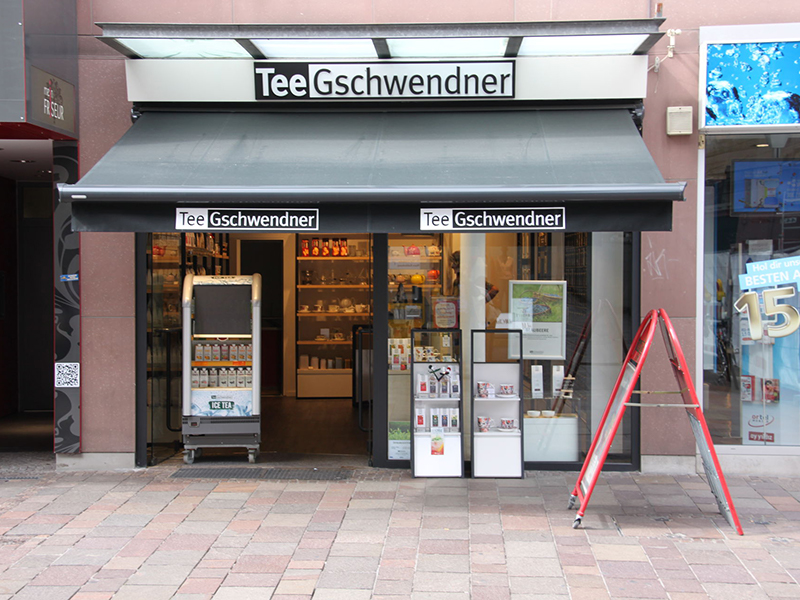 |
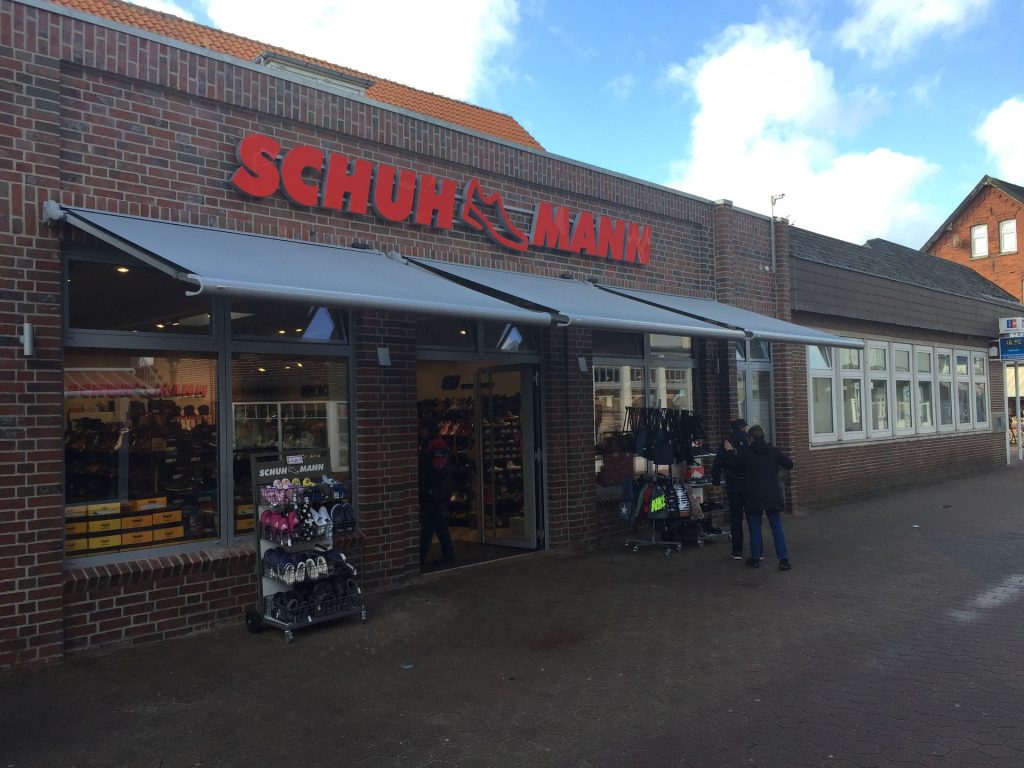 |
One of the strong points of an awning from Samson Awnings is the ability to personalise it with your shops own branding. With most awnings it is possible to have any RAL colour, and branding is also possible. This means you can have your logo and colours on the awning, extending your presence on the high street and making yourself more visible, as well as further the cohesion and strength of your brand.
With the weather becoming more extreme over time, as Winters become colder and wetter and summers becoming warmer, awnings and other forms of protection could become more important. Whilst we are now in late January, Summer will arrive before we know it, and it is important to prepare accordingly.
An awning will not just protect you in wet weather, but will also stop your premises from becoming unbearably hot during the summer. Extending an awning in warm weather can stop the burning summer sun from warming up the glass in the windows of your shop, therefor keeping the whole building cooler, and encouraging shoppers or visitors to stay longer.

Standing out as a business is getting more important by the day, as competition has never been fiercer. So what can you do to get the edge on your neighbouring businesses?
Products such as awnings are a fantastic way to do this, and have numerous benefits which can help to save you money, bring in new customers and please your
One of the biggest benefits an awning has is that is can be personalised or branded. This allows you to extend your presence on the high street and stand out compared to your peers. Physically standing out from your competitors provides a massive boost and is more likely to attract new customers and visitors.
A branded awning can be a very impressive addition to your property. When done well, it can provide a massive boost to your businesses aesthetics.
With space at a premium in busy city centres or high streets, maximising your space has never been so important. Because of this, a lot of different businesses are looking for ways to make the most of their outdoor areas to maximise revenue.
Awnings help to allow use of your outdoor spaces even in trickier weather conditions by protecting your customers or visitors from rain. Alongside this, combined with LED lights or infrared heaters you can extend the usability of your outside space further into the night time and even during the colder months. This allows for more space for customers and the chance to maximise revenues at all times for a relatively small amount of money.
Of course, one of the biggest benefits of an awning is simply the weather protection it will provide to those both inside and outside the property. Keeping those underneath dry and protected is a massive benefit, allowing for additional seating, as well as keeping the pavement or path underneath it dry and less slippy.
Not only this, but awnings have been shown to have a positive effect on passing trade, with customers more likely to stop outside under an awning and look in the window of the shop.
One of the effects often forgot about is actually the effect awnings can have in warmer summer weather, where they stop the hot sun from warming up the glass and making the room inside unbearable. From shops to offices, this can have a massive benefit for both visitors and members of staff, helping increase productivity by relieving uncomfortable weather conditions.

With a wide variety of possibilities, it can be daunting to purchase a new awning for those unfamiliar with the product itself. From different styles, makes, models and more, it can understandably seem like an overload of information.
We are commonly asked what the difference between an open, semi and full cassette awnings are, and what their different uses can be. In this short piece, we hope to make the difference between the three styles clear and examine the different uses for them in both domestic and commercial settings.
The cassette itself is the casing which houses the fabric, mechanism and arms, and provide protection against the elements.
A full cassette provides complete protection when the awning is fully retracted and this makes it perfect for shops, cafes and more, as well as being the ideal cassette type for the notoriously changeable British weather. This is the ultimate protection for the awning and whilst this is certainly reflected in the prices, the safety and reliability of these, as well as the impressive aesthetics, make them extremely popular.
An open cassette meanwhile provides no external casing to protect from the elements for the arms or fabric, however a protective top cover can sometimes be added. The lack of casing means these are best suited to areas involving an overhang, however the lack of casing means these can often span far greater areas than cassette awnings, and are also usually less expensive too.
A semi cassette awning contains a top that is protected by casing that will protect from a certain amount of weather damage. They can also have additional guards added to enhance protection. These are useful as a mid point between the full and open cassette awnings.
As a general rule, all of these awnings are suitable for both commercial and domestic applications, but they have specific strengths and ensuring you have the right awning for your needs and property is crucial.
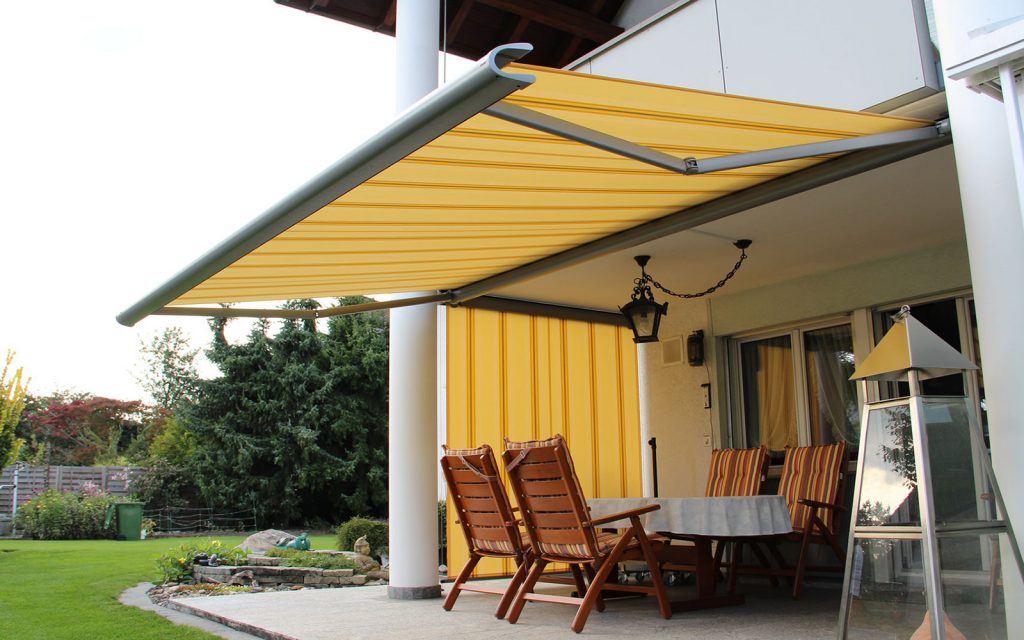 |
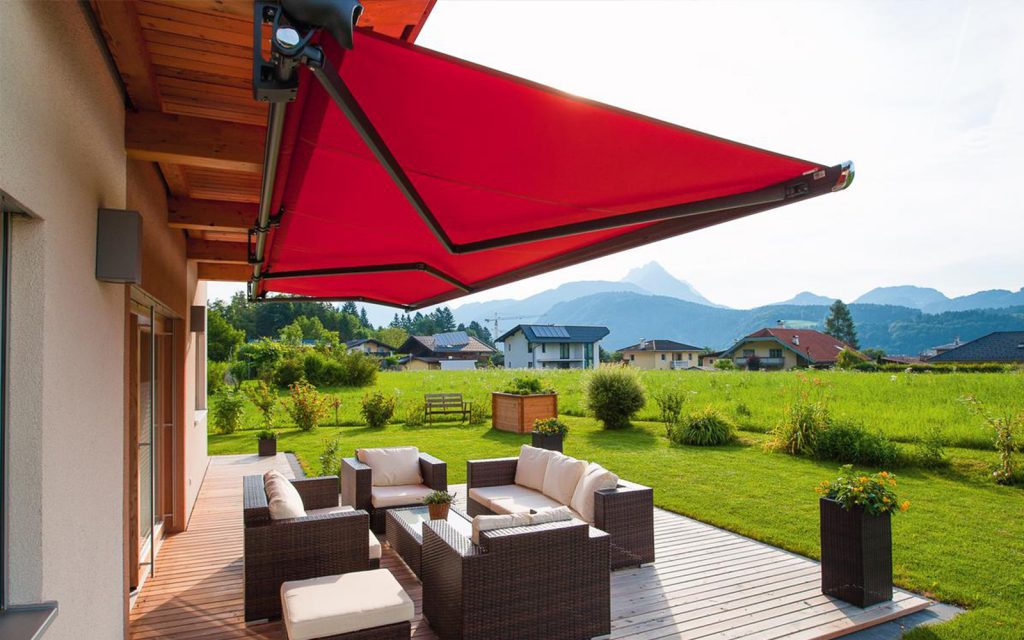 |
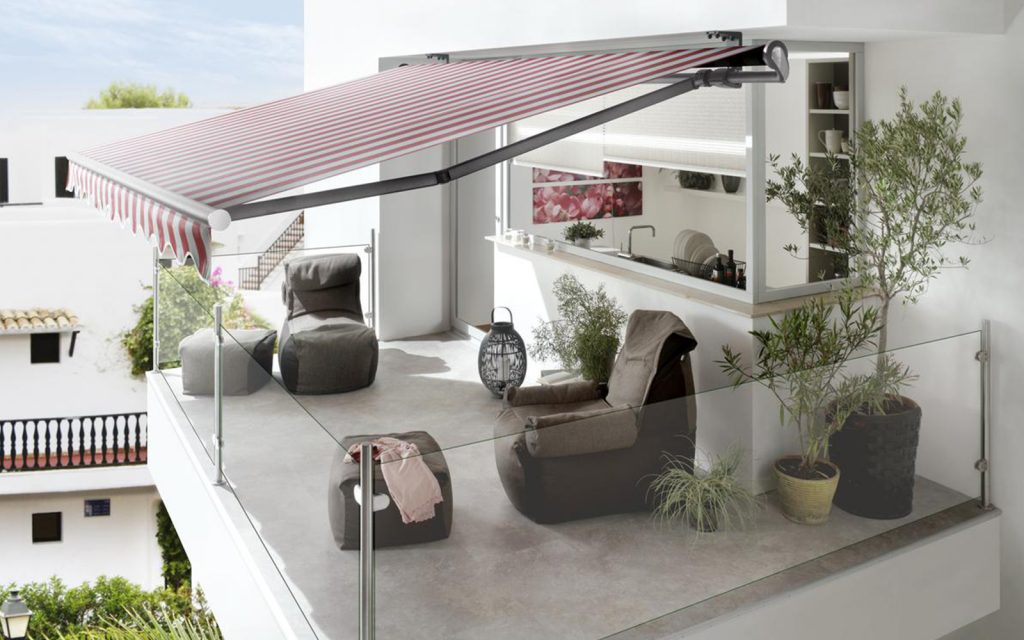 |
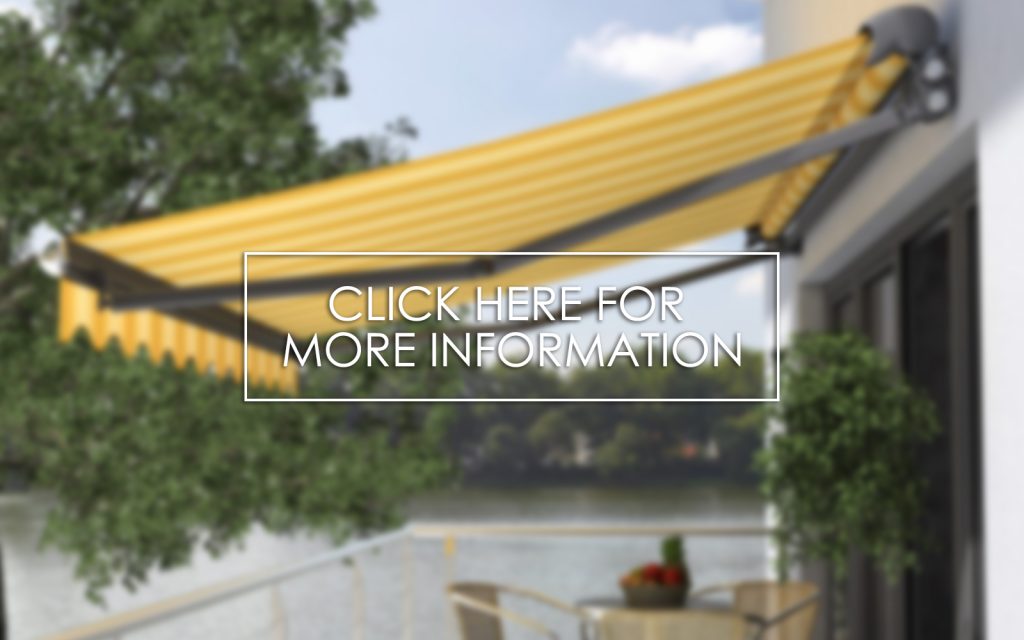 |
With such stark differences between the three kind of awnings, they are understandably useful for various purposes.
A full cassette awnings like the Markilux 990, are without a doubt the best awning for an all year round protection system, and they look fantastic, with a range of designs aimed to ensure there is always an awning that will suit your property. With the British weather notoriously changeable, these offer full protection and reliability. The cassette however does limit the sizes possible due to the need to fit the arms into the cassette. If your property is exposed to the elements, a full cassette awning is definitely the best option.
Semi cassette awnings are a little more diverse than full cassette awnings, and are a little cheaper too due to the lack of a full casing. Whilst this has benefits beyond price and adaptability, it should be noted that you do not have full protection for the fabric and mechanisms, and this can be an issue in adverse weather conditions. The lack of a full cassette also means that these can have extended arm sizes, meaning these are an excellent option for properties needing to cover larger spaces with only a little cover for the awning.
Open cassette awnings, such as the Markilux 1700, are completely unprotected, with no casing at all for the fabric and mechanism. This of course means these awnings suit drier climates or properties with alcoves and overhands to protect them from the weather. The benefits of these however are the ability to cover greater projections than the width due to lack of casing, as well as being noticeably less expensive. These are fantastic for enclosed spaces or large open areas with an alcove or overhang.
